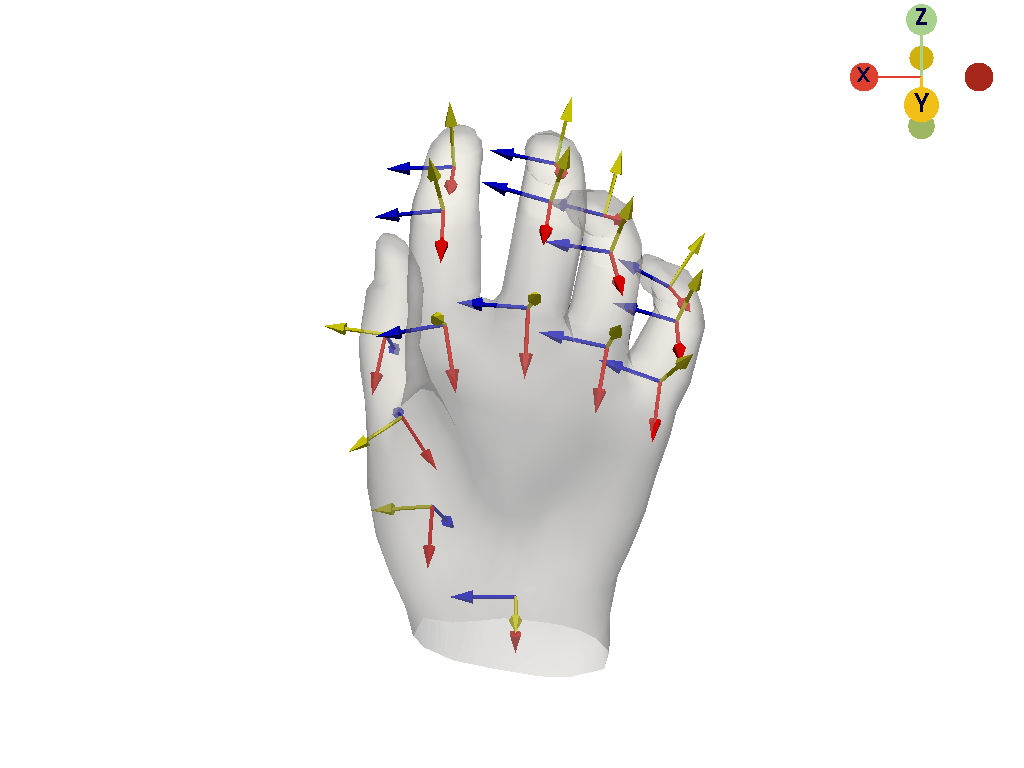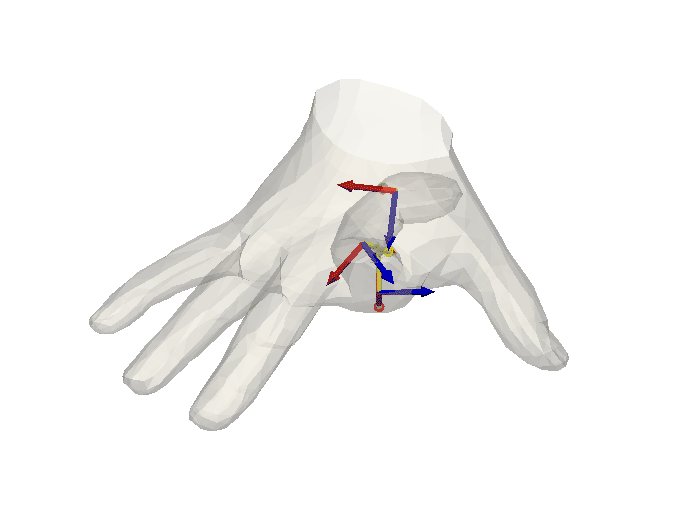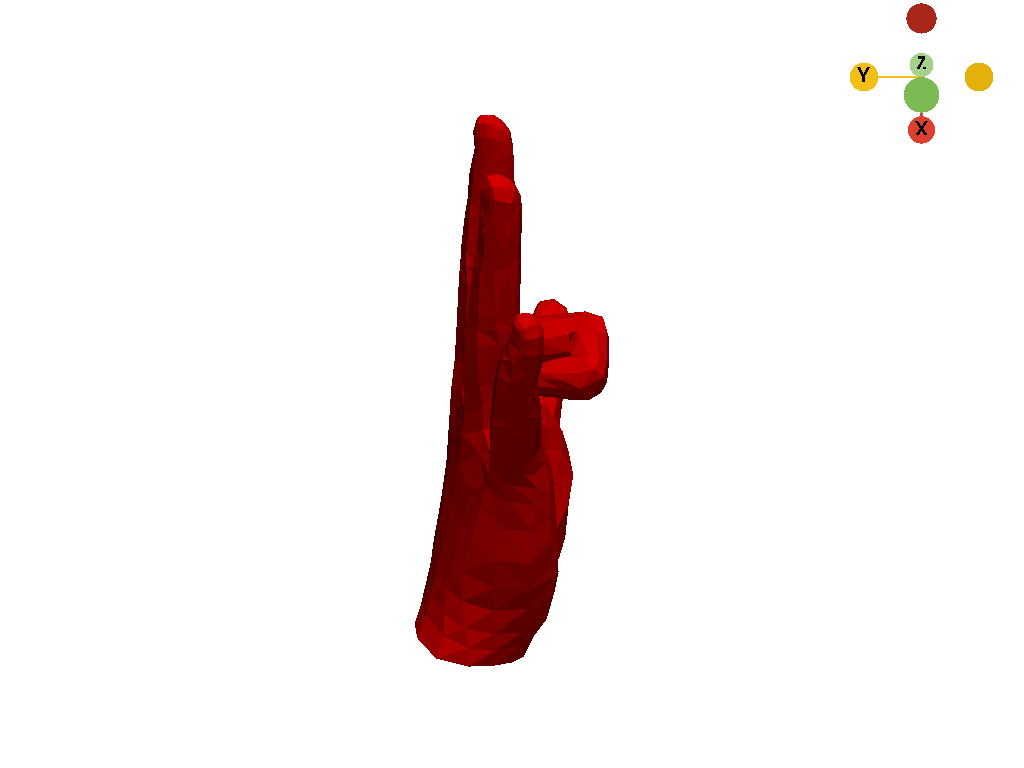Awesome
<!-- PROJECT LOGO --> <br /> <p align="center"> <h1 align="center">CPF: Learning a Contact Potential Field to Model the Hand-Object Interaction </h1> <p align="center"> <a href="https://lixiny.github.io"><strong>Lixin Yang</strong></a> · <a href="https://scholar.google.com/citations?user=WurpqEMAAAAJ&hl=en"><strong>Xinyu Zhan</strong></a> · <a href="https://kailinli.top"><strong>Kailin Li</strong></a> · <a href="https://wenqiangx.github.io"><strong>Wenqiang Xu</strong></a> · <a href="https://jeffli.site"><strong>Jiefeng Li</strong></a> · <a href="https://scholar.google.com.hk/citations?user=QZVQEWAAAAAJ&hl=en"><strong>Cewu Lu</strong></a> </p> <h4 align="center">ICCV 2021 & TPAMI 2024</h4> <p align="center"> <!-- <a href="https://pytorch.org/get-started/locally/"><img alt="PyTorch" src="https://img.shields.io/badge/PyTorch-ee4c2c?logo=pytorch&logoColor=white"></a><br><br> --> <a href='https://arxiv.org/abs/2012.00924'> <img src='https://img.shields.io/badge/Paper-ICCV-green?style=flat&logo=arxiv&logoWidth=20&logoColor=white&labelColor=94DD15&color=66cc00' alt='ICCV'> </a> <a href='https://ieeexplore.ieee.org/abstract/document/10478277'> <img src='https://img.shields.io/badge/Paper-TPAMI-blue?style=flat&logo=IEEE&logoWidth=20&logoColor=blue&labelColor=a2d2ff&color=792ee5' alt='TPAMI'> <a href='https://www.youtube.com/watch?v=MLGpBFYiEQ0'> <img src='https://img.shields.io/badge/Video-Youtube-red?style=flat&logo=youtube&logoWidth=20&logoColor=white&labelColor=f47983&color=ce4630' alt='Video'> </a> </p> <p align="center"> <img src="docs/teaser.png"" alt="Logo" width="70%"> </p> </p>This repo contains model, demo, training and test code.
<details open="open" style='padding: 10px; border-radius:5px 30px 30px 5px; border-style: solid; border-width: 1px;'> <summary>Table of Contents</summary> <ol> <li> <a href="#installation">Installation</a> </li> <li> <a href="#evaluation">Evaluation</a> </li> <li> <a href="#training">Training</a> </li> <li> <a href="#visualization">Visualization</a> </li> <li> <a href="#a-mano">A-MANO</a> </li> <li> <a href="#citation">Citation</a> </li> </ol> </details>Installation
Following the Instruction to setup environment, assets, datasets and models.
Evaluation
The evaluation process is divided into two steps:
- dump the results from the hand-obj pose estimation (HoNet) and contact recovery (PiCR)
- optimize the poses using the contact based on grasping energy optimizer (GEO)
We provide a backup of our optimzation result at here.
The socres of following evaluations are provided in docs/scores.
fphab
# (optional) visualize the pose and contact prediction:
# the drawings are saved in `tmp/draw/honet+picr/fphab`
$ python scripts/eval.py --cfg config/HONetPiCRPipeline_fphab.yml -g 0 -b 1 --callback draw
# 1. dump the pose and contact predictions:
# the predictions are saved in `tmp/pred/honet+picr/fphab/dumped_pred`
$ python scripts/eval.py --cfg config/HONetPiCRPipeline_fphab.yml -g 0 -b 1 --callback dump
# 2. after dumping the results, fit pose using the grasp energy optimizer (GEO):
# the --data_prefix is the directory where dumped predictions are saved
# the optimized results are saved in `tmp/pred/honet+picr/fphab/optmized`
$ python scripts/fit.py --cfg config/HONetPiCRPipeline_fphab.yml -g 0,1,2,3 -w 16 \
--data_prefix tmp/pred/honet+picr/fphab/dumped_pred
HO3Dv2
@note: HO3Dv2 will use the hand-obj pose estimation network in ArtiBoost.
Download the HO3Dv2 test set result at here, and put it in this porject as
assets/eval_ho3dv2_clasbased_artiboost_iknet_SUBMIT.pkl
# (optional) visualize the pose and contact prediction:
# the drawings are saved in `tmp/draw/artiboost+picr/ho3dv2`
$ python scripts/eval.py --cfg config/HOPose_PiCRPipeline_ho3dv2.yml -g 0 -b 1 --callback draw
# 1. dump the pose and contact predictions (pose is from ArtiBoost model, contact is from PiCR):
# the predictions are saved in `tmp/pred/artiboost+picr/ho3dv2/dumped_pred`
$ python scripts/eval.py --cfg config/HOPose_PiCRPipeline_ho3dv2.yml -g 0 -b 1 --callback dump
# 2. after dumping the results, fit pose using the grasp energy optimizer (GEO):
$ python scripts/fit.py -c config/HOPose_PiCRPipeline_ho3dv2.yml -g 0,1,2 -w 12 \
--data_prefix tmp/pred/artiboost+picr/ho3dv2/dumped_pred \
--lambda_repulsion_loss 2.0
visulize the optimization process using flag runtime_viz. e.g. python scripts/fit.py ... --runtime_viz
Training
@note: We only provide the training code for the contact recovery network (PiCR).
For training the Hand-Object Pose Etimation (HOPE) network, please refer to handobjectconsist, or Semi-Hand-Object or ArtiBoost.
PiCR on fphab
$ python scripts/train_ddp.py --cfg config/train_PiCR_fphab.yml -g 0,1 -b 48 -w 1 --eval_freq 100
PiCR on HO3Dv2
$ python scripts/train_ddp.py --cfg config/train_PiCR_ho3d_mix.yml -g 0,1 -b 48 -w 4 --eval_freq 100
The results are saved at exp/defualt_{exp_time}/checkpoints/checkpoint/PiCRI.pth.tar)
Once the traininig is done, you can modify the MODEL.PICR.PRETRAINED value in config/xxxxPipeline_{dataset}.yml to the saved checkpoint path, and evaluate the model again.
Visualization
We provide a visualization tool to visualize the contact dataset, and a tool to create the contact annotation from existing dataset. Please refer to docs/contact_dataset.
A-MANO
We provide a pytorch MANO implementation: manotorch that provides the basic MANO layer: $V, J = \mathcal{M}(\theta, \beta)$, and features the 1) Anatomical Consistent Basis, 2) Anatomy Loss for pose correction, and a esay-to-use 3) Hand Pose Composition tool.
| Anatomical Consistent Basis | Anatomy Loss | Hand Pose Composition |
|---|---|---|
 |  |  |
Citation
If you find this work helpful, please consider citing us:
@inproceedings{yang2021cpf,
author={Yang, Lixin and Zhan, Xinyu and Li, Kailin and Xu, Wenqiang and Li, Jiefeng and Lu, Cewu},
title={{CPF}: Learning a Contact Potential Field To Model the Hand-Object Interaction},
booktitle={Proceedings of the IEEE/CVF International Conference on Computer Vision (ICCV)},
month={October},
year={2021},
pages={11097-11106}
}
@artical{yang2024learning,
author={Yang, Lixin and Zhan, Xinyu and Li, Kailin and Xu, Wenqiang and Zhang, Junming and Li, Jiefeng and Lu, Cewu},
journal={IEEE Transactions on Pattern Analysis and Machine Intelligence},
title={Learning a Contact Potential Field for Modeling the Hand-Object Interaction},
year={2024},
volume={46},
number={8},
pages={5645-5662},
keywords={Pose estimation;Task analysis;Grasping;Three-dimensional displays;Contacts;Semantics;Image reconstruction;Contact modeling;grasping pose generation;hand-object pose estimation},
doi={10.1109/TPAMI.2024.3372102}
}